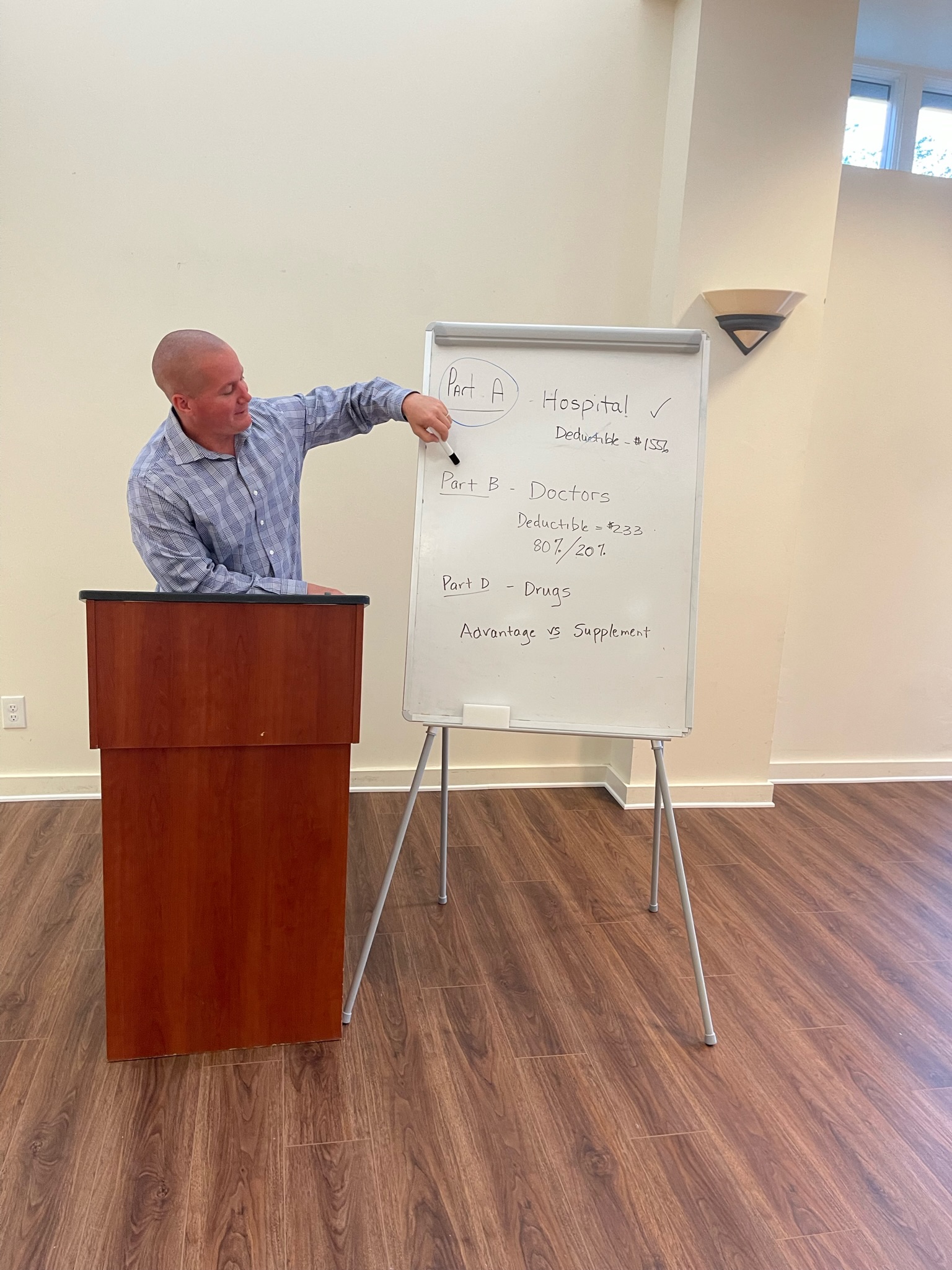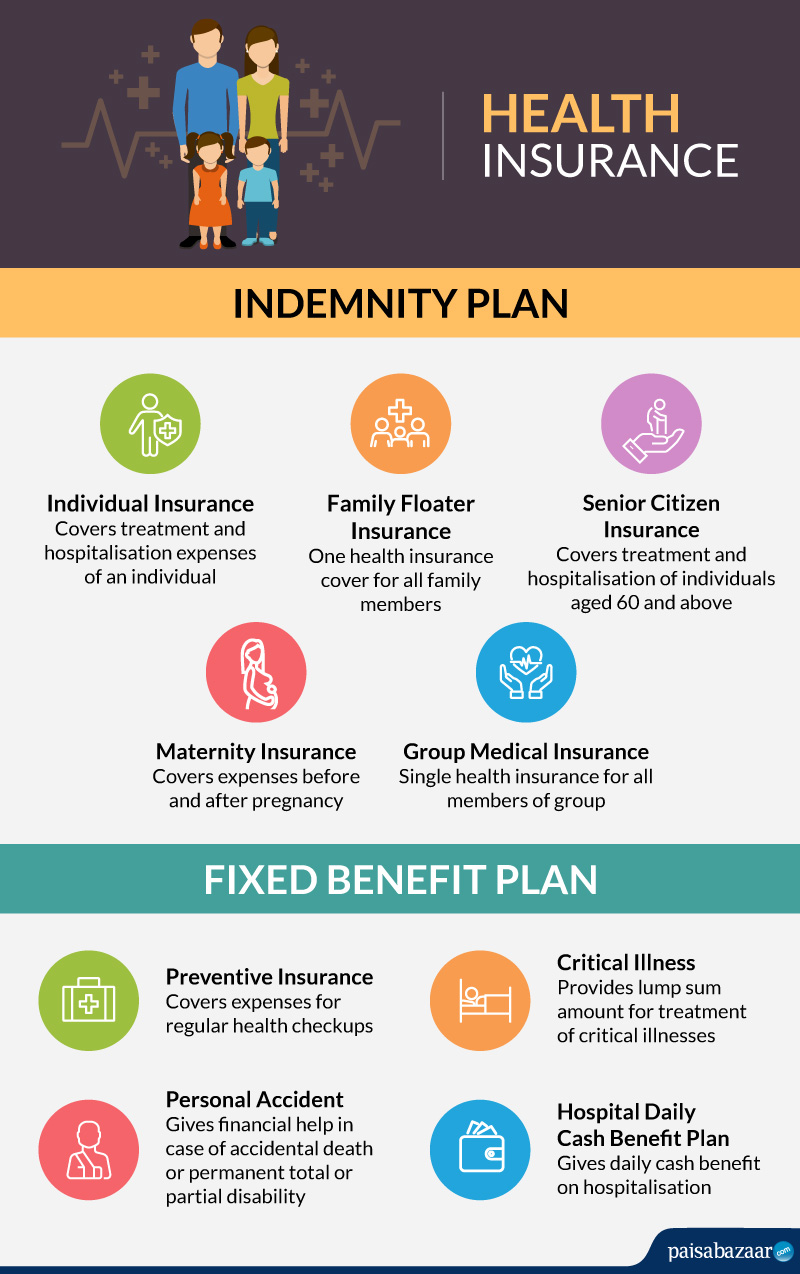Medicare Advantage Agent Things To Know Before You Get This
Medicare Advantage Agent Things To Know Before You Get This
Blog Article
Top Guidelines Of Medicare Advantage Agent
Table of ContentsThe 5-Second Trick For Medicare Advantage AgentFacts About Medicare Advantage Agent RevealedIndicators on Medicare Advantage Agent You Should Know


follows from confusing the perplexing young age profile of account uninsured with the better health, on average, standard younger personsMore youthful For those without access to workplace wellness insurance, bad health is a potential obstacle to buying nongroup insurance coverage since such insurance coverage may be very priced, leave out preexisting problems, or be merely inaccessible. Unless otherwise noted, nationwide estimates of individuals without health insurance coverage and proportions of the population with various kinds of coverage are based on the CPS, the most commonly made use of resource of estimates of insurance policy protection and uninsurance rates.

The smart Trick of Medicare Advantage Agent That Nobody is Talking About
Over a three-year period starting early in 1993, 72 million individuals, 29 percent of the united state population, were without insurance coverage for a minimum of one month. Within a solitary year(1994), 53 million people experienced at least a month without insurance coverage(Bennefield, 1998a). 6 out of every ten uninsured grownups are themselves employed. Although functioning does boost the chance that one and one's relative will have insurance policy, it is not an assurance. Even members of family members with 2 full time breadwinner have virtually a one-in-ten chance of being without insurance (9.1 percent without insurance rate)(Hoffman and Pohl, 2000 ). The partnership in between health and wellness insurance and accessibility to care is well developed, as recorded later on in this chapter. Although the partnership between medical insurance and health results is neither straight neither simple, a substantial clinical and health and wellness solutions research literary works web links health and wellness insurance policy coverage
to improved access to care, better high quality, and boosted personal and populace health standing. The second record, on personal health end results for without insurance adults, is stood for by the inner circle of the figure, while the third report, on household wellness, encompasses the topics of the 2nd record but stresses a various system of evaluation, namely, the family. The 6th report in the collection will certainly provide information about techniques and efforts undertaken in your area, statewide, or country wide to address the lack of insurance and its damaging influences. Degrees of evaluation for taking a look at the impacts of uninsurance. This discussion of wellness insurance policy coverage concentrates mostly on the U.S. populace under age 65 because basically all Americans 65 and older have Medicare or other public protection.
It focuses particularly on those without any health insurance coverage for any length of time. The problems faced by the underinsured remain in some respects similar to those encountered by the without insurance, although they are typically much less extreme. Uninsurance and underinsurance, nevertheless, entail clearly various policy issues, and the methods for addressing them may vary. Throughout this research and the five reports to adhere to, the primary focus gets on persons without medical insurance and hence no assistance in paying for healthcare past what is readily available with charity and safeguard establishments. Health and wellness insurance policy is an effective variable affecting receipt of care because both individuals and doctors react to the out-of-pocket rate of solutions. Health insurance coverage, however, is neither required neither sufficient to get to medical solutions. Nonetheless, the independent and direct result of health
insurance policy coverage on accessibility to health and wellness services is well established. Others will certainly acquire the wellness treatment they need also without health insurance coverage, by paying for it expense or seeking it from service providers that provide care complimentary or at very subsidized rates. For still others, wellness insurance policy alone does not guarantee invoice of care due to various other nonfinancial barriers, such as an absence of health treatment companies in their neighborhood, restricted access to transport, illiteracy, or linguistic and cultural distinctions. Official research about uninsured populations in the United States dates to the late 1920s and very early 1930s when the Board on the Expense of Medical Treatment generated a series of records about funding doctor workplace brows through and hospital stays. This like it problem came to be prominent as the numbers of medically indigent climbed up during the Great Anxiety. Empirical researches consistently support the link in between accessibility to care and improved wellness outcomes(Bindman et al., 1995; Starfield, 1995 ). Having a routine source of care can be considered a forecaster of access, as opposed to a direct step of it, when health outcomes are themselves utilized as access indications. This extension of the concept of access dimension was made by the IOM Board on Keeping An Eye On Gain Access To to Personal Wellness Treatment Solutions(Millman, 1993, p. Whether or not moms and dads are insured shows up to impact whether their kids get care along with just how much careeven if the children themselves have insurance coverage(Hanson, 1998). The wellness of moms and dads can affect their ability to look after their youngsters and the level of family tension. Fretting about their kids's accessibility to care is itself a source of stress for moms and dads. Three phases follow in this record. Chapter 2 supplies a summary of how employment-based medical insurance, public programs and individual insurance policies operate and interact to supply substantial but incomplete insurance coverage of official statement the united state population. This includes a review of historical trends and public laws influencing both public and private insurance, a discussion of the interactions among the different kinds of insurance policy, and an examination of why individuals relocate from one program to another or wind up

Report this page